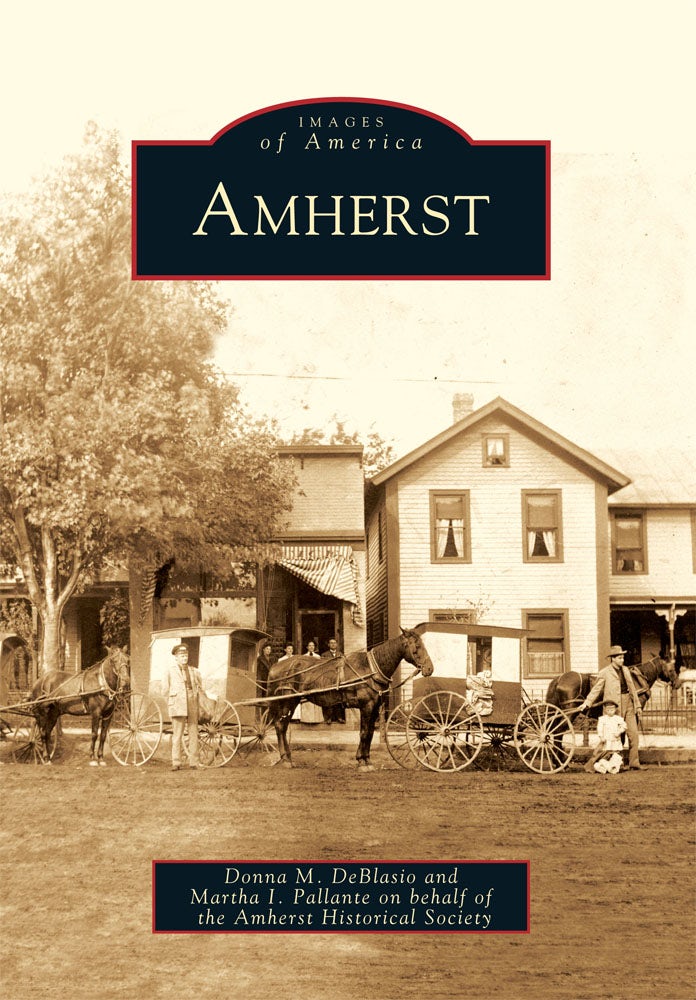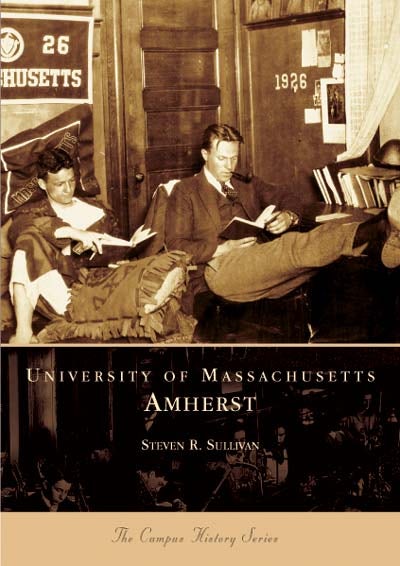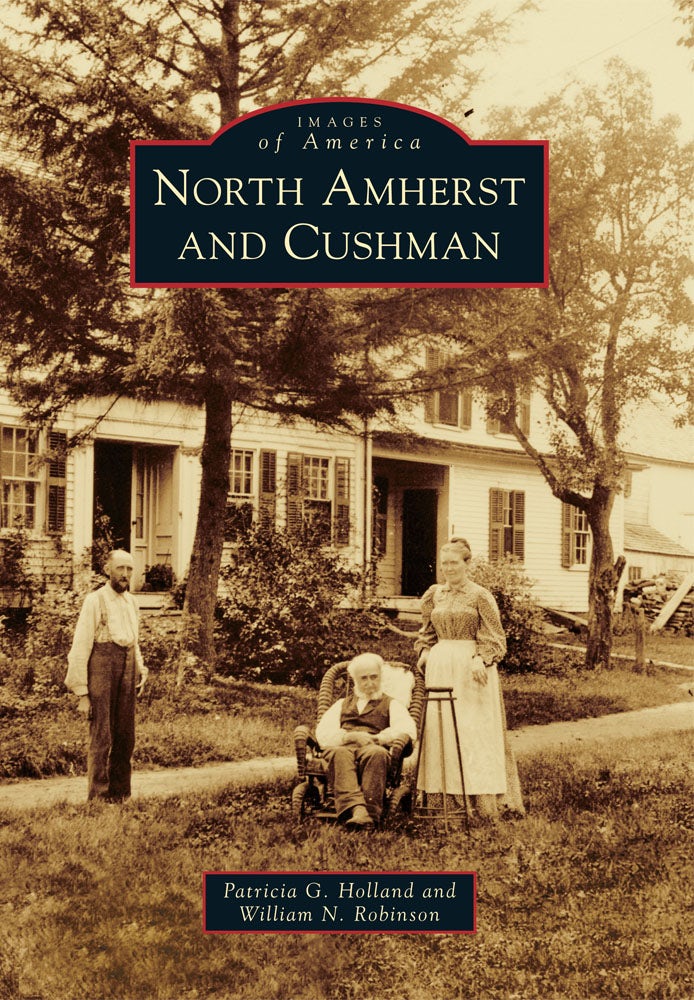

Miami was among Florida's last communities to develop a Jewish population. Since the late 1800s, the area that was once just a settlement of frontiersmen has grown to become the core of the nation's third-largest Jewish community. Jews were prominent in business when Miami was chartered in 1896 and began settling in Miami Beach as early as 1913. Though faced with hardship and public discrimination, the immigrant group continued to expand its presence. Images of America: Jews of Greater Miami contains photographs from family albums that are part of the archives of the Jewish Museum of Florida. ... Read More
Format: Paperback
Description
Miami was among Florida's last communities to develop a Jewish population. Since the late 1800s, the area that was once just a settlement of frontiersmen has grown to become the core of the nation's third-largest Jewish community. Jews were prominent in business when Miami was chartered in 1896 and began settling in Miami Beach as early as 1913. Though faced with hardship and public discrimination, the immigrant group continued to expand its presence. Images of America: Jews of Greater Miami contains photographs from family albums that are part of the archives of the Jewish Museum of Florida. Each historic photograph tells a story and documents the area's pioneer Jews, the diverse ways they contributed to the development of their community, and the doors they opened for the acceptance of all ethnicities.
Details
- Pages: 128
- Publisher: Arcadia Publishing Inc.
- Imprint: Arcadia Publishing
- Series: Images of America
- Publication Date: 23rd February 2009
- State: Florida
- Illustration Note: Black and White
- ISBN: 9780738567198
- Format: Paperback
- BISACs:
HISTORY / Jewish
PHOTOGRAPHY / Subjects & Themes / Historical
SOCIAL SCIENCE / Jewish Studies
HISTORY / United States / State & Local / South (AL, AR, FL, GA, KY, LA, MS, NC, SC, TN, VA, WV)
Reviews
Title: Local historian's book details early history of Jews in Miami
Author: Tania Valdemoro
Publisher: Miami Herald
Date: 4/26/09
With her head filled with historical facts about the Jews of Florida, Marcia Jo Zerivitz faced a daunting task last year.
How do you tell the story of a successful -- but often unwanted -- minority group with 240 photos in a 127-page book?
The result: Images of America: Jews of Greater Miami (Arcadia Publishing, $21.99), her first book, which hit stores in late February.
Zerivitz, the founding executive director of the Jewish Museum of Florida, spoke Wednesday before the Miami Beach Historical Association at the Miami Beach Botanical Garden, 2000 Convention Center Dr.
''I was eager to document history in a form that was more permanent than exhibits,'' said Zerivitz, who has organized 50 exhibits at the museum since its inception in 1995.
''Jews have contributed greatly to the development of their communities,'' she added.
The book features more than 100 years of history and 300 personalities who include politicians, architects, developers, businessmen and artists.
Jews first settled in Florida in 1763 but Miami was one of the last cities in the state to develop a Jewish population, contrary to popular belief, Zerivitz said.
When Miami incorporated into a city in 1896, there were 25 Jewish residents and they owned 12 of 16 businesses in the city. Many of them had come from West Palm Beach to Miami to help build Henry Flagler's railroad.
Jewish pioneers established Beth David, Miami's first synagogue in 1912 and its first deli, run by Saul Cohen on Flagler Street in 1923.
Jews moved across Biscayne Bay to Miami Beach in 1913 after the Collins Bridge was built. For decades, they were barred from living south of Fifth Street on the properties owned by developer Carl Fisher. In 1959, the Florida Supreme Court finally abolished restrictive covenants in land deeds that barred Jews from property ownership.
Despite these obstacles, Jews found ways to thrive. For example, Joe and Jennie Weiss opened a restaurant -- Joe's Stone Crab -- in 1913 in Miami Beach that has become legendary. Mitchell Wolfson, who came to Miami in 1913, established WOMETCO Theaters with his brother-in-law Sidney Meyer. He later helped build Miami Dade College and served as Miami Beach's first Jewish mayor in 1943.
More Jews settled in Miami Beach in the 1940s after World War II. They had fallen in love with the island and its warm weather during their war training on the beach.
Zerivitz did not gloss over dark periods of local Jewish history -- such as World War II. In 1939, President Franklin Roosevelt turned away the SS St. Louis, a boat carrying 937 Jews fleeing from Germany, despite protests in Bayfront Park. They returned home and most perished in the Holocaust.
She also pointed out 1930s-era signs in Miami, which said, ``By buying here [at a Jewish business], you support communism.''
After the lecture, Abe Lavender, president of the Miami Beach Historical Association, praised the new book and its author.
"She's done a very good job of bringing everything together and showing the big picture,'' said Lavender, a sociology professor at Florida International University, who has researched Jews in Miami Beach. ``She pointed out the highlights."
Author Bio
Miami was among Florida's last communities to develop a Jewish population. Since the late 1800s, the area that was once just a settlement of frontiersmen has grown to become the core of the nation's third-largest Jewish community. Jews were prominent in business when Miami was chartered in 1896 and began settling in Miami Beach as early as 1913. Though faced with hardship and public discrimination, the immigrant group continued to expand its presence. Images of America: Jews of Greater Miami contains photographs from family albums that are part of the archives of the Jewish Museum of Florida. Each historic photograph tells a story and documents the area's pioneer Jews, the diverse ways they contributed to the development of their community, and the doors they opened for the acceptance of all ethnicities.
- Pages: 128
- Publisher: Arcadia Publishing Inc.
- Imprint: Arcadia Publishing
- Series: Images of America
- Publication Date: 23rd February 2009
- State: Florida
- Illustrations Note: Black and White
- ISBN: 9780738567198
- Format: Paperback
- BISACs:
HISTORY / Jewish
PHOTOGRAPHY / Subjects & Themes / Historical
SOCIAL SCIENCE / Jewish Studies
HISTORY / United States / State & Local / South (AL, AR, FL, GA, KY, LA, MS, NC, SC, TN, VA, WV)
Title: Local historian's book details early history of Jews in Miami
Author: Tania Valdemoro
Publisher: Miami Herald
Date: 4/26/09
With her head filled with historical facts about the Jews of Florida, Marcia Jo Zerivitz faced a daunting task last year.
How do you tell the story of a successful -- but often unwanted -- minority group with 240 photos in a 127-page book?
The result: Images of America: Jews of Greater Miami (Arcadia Publishing, $21.99), her first book, which hit stores in late February.
Zerivitz, the founding executive director of the Jewish Museum of Florida, spoke Wednesday before the Miami Beach Historical Association at the Miami Beach Botanical Garden, 2000 Convention Center Dr.
''I was eager to document history in a form that was more permanent than exhibits,'' said Zerivitz, who has organized 50 exhibits at the museum since its inception in 1995.
''Jews have contributed greatly to the development of their communities,'' she added.
The book features more than 100 years of history and 300 personalities who include politicians, architects, developers, businessmen and artists.
Jews first settled in Florida in 1763 but Miami was one of the last cities in the state to develop a Jewish population, contrary to popular belief, Zerivitz said.
When Miami incorporated into a city in 1896, there were 25 Jewish residents and they owned 12 of 16 businesses in the city. Many of them had come from West Palm Beach to Miami to help build Henry Flagler's railroad.
Jewish pioneers established Beth David, Miami's first synagogue in 1912 and its first deli, run by Saul Cohen on Flagler Street in 1923.
Jews moved across Biscayne Bay to Miami Beach in 1913 after the Collins Bridge was built. For decades, they were barred from living south of Fifth Street on the properties owned by developer Carl Fisher. In 1959, the Florida Supreme Court finally abolished restrictive covenants in land deeds that barred Jews from property ownership.
Despite these obstacles, Jews found ways to thrive. For example, Joe and Jennie Weiss opened a restaurant -- Joe's Stone Crab -- in 1913 in Miami Beach that has become legendary. Mitchell Wolfson, who came to Miami in 1913, established WOMETCO Theaters with his brother-in-law Sidney Meyer. He later helped build Miami Dade College and served as Miami Beach's first Jewish mayor in 1943.
More Jews settled in Miami Beach in the 1940s after World War II. They had fallen in love with the island and its warm weather during their war training on the beach.
Zerivitz did not gloss over dark periods of local Jewish history -- such as World War II. In 1939, President Franklin Roosevelt turned away the SS St. Louis, a boat carrying 937 Jews fleeing from Germany, despite protests in Bayfront Park. They returned home and most perished in the Holocaust.
She also pointed out 1930s-era signs in Miami, which said, ``By buying here [at a Jewish business], you support communism.''
After the lecture, Abe Lavender, president of the Miami Beach Historical Association, praised the new book and its author.
"She's done a very good job of bringing everything together and showing the big picture,'' said Lavender, a sociology professor at Florida International University, who has researched Jews in Miami Beach. ``She pointed out the highlights."






